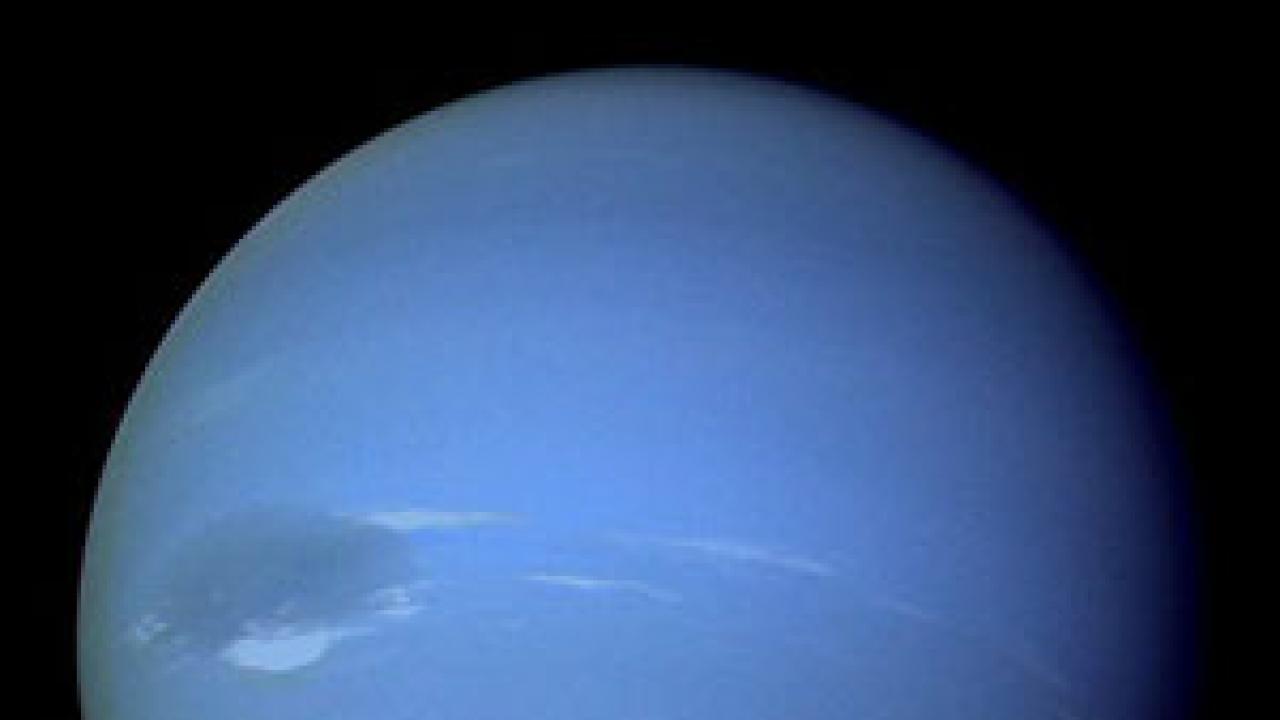
A molecular simulation by ICTP researchers of a mixture of
substances believed to compose the interior of the icy giant
planets Neptune and Uranus has shown surprising properties that
could help explain the unusual shape of the planets' magnetic
fields. Results of the study, titled "Mixtures of planetary ices at
extreme conditions" (DOI number 10.1038/ncomms1184) appear in the 8
February issue of Nature Communications.
Studies and simulations of the planets' interiors have so far been
limited to the individual components of the planetary icy fluid,
namely water, methane and ammonia. But in this new study, ICTP
condensed matter researchers Sandro Scandolo and Mal-Soon Lee, who
was a post-doctoral fellow at the Centre, focussed on properties of
a methane-water mixture-believed to make up more than 90% of the
middle layers of Neptune and Uranus-under simulated extreme
temperature and pressure conditions. The molecular dynamic
simulations they conducted showed that the properties of the
mixture differ qualitatively from properties of the mixture's
individual components under the same conditions.
After testing the mixture under four different pressure and
temperature conditions, the researchers found that the mixture
became an electronic conductor already at a pressure of 120
gigapascal, reflecting a remarkable change by methane and water as
a mixture under extreme conditions, as compared to pure substances,
which become metallic only above 600 gigapascal.
"This implies that the magnetic field (which in planets is
generated through a "dynamo" mechanism by an electronic conductor)
is generated in icy planets at shallower depths, and explains the
unconventional shape of the magnetic field measured at Neptune and
Uranus, though not its orientation," said Scandolo.
Pure methane is known to dissociate at extreme conditions, forming
more complex hydrocarbons, diamond and fluid hydrogen. Accordingly,
planetary models were revised to take into account the possible
precipitation of diamond into the planetary cores. "We now show
that when methane is mixed with water, at extreme conditions, it
dissociates but carbon atoms do not form other species nor do they
precipitate to form diamond," explained Scandolo.
He added that the finding that methane likes to mix with water at
extreme conditions challenges the conventional picture (based on
experience at ambient conditions) that methane is a "hydrophobic"
species, i.e. it is not soluble in water at ambient conditions.
















